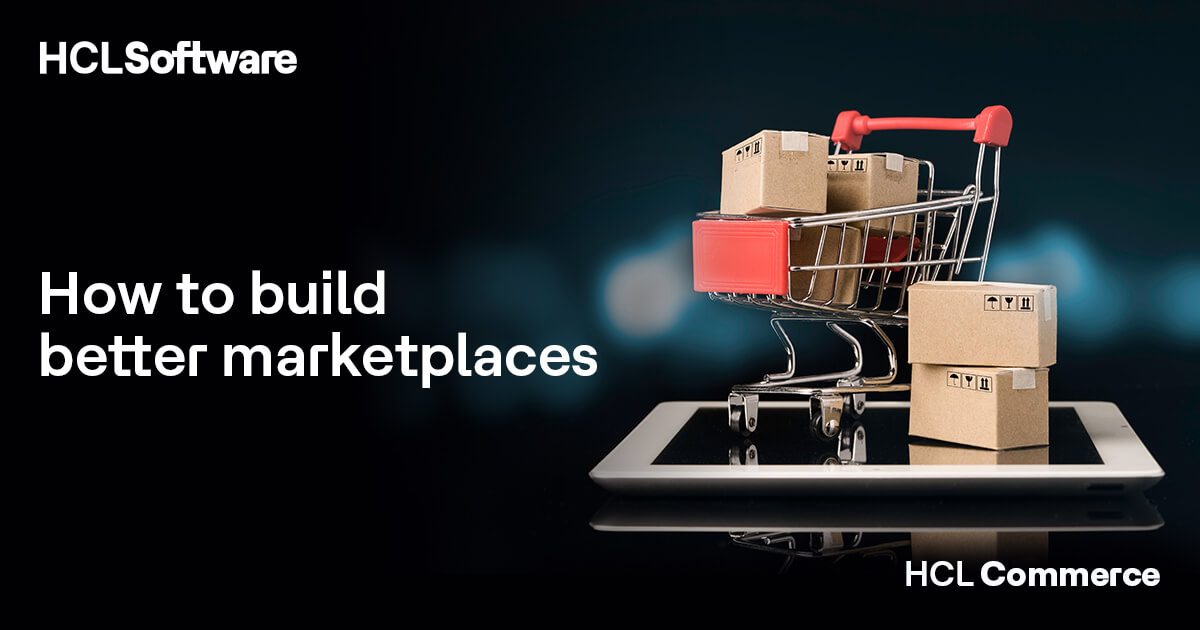After participating in a recent IT event in Stockholm, I realized just how far ahead the Nordic region is in driving change within digital commerce. The innovation, openness to experimentation, and strong collaboration between technology providers and customers are setting new benchmarks for the rest of the world. When I returned home and received our Business Partner Solteq’s Nordic eCommerce Trend Report 2026, I was not surprised to see that the findings reinforced exactly what I had witnessed firsthand: Nordic businesses are no longer following global trends; they are defining them.
I found this report particularly insightful because it includes input from over 260 business leaders from across Sweden, Finland, Norway and Denmark. It goes beyond surface trends to reveal actionable strategies companies are using, especially around AI, personalization and Direct-to-Consumer (D2C) models. These strategies are the factors that are truly setting the winners apart. So, here are some essential insights that really stood out to me.
Ecommerce Trends to Watch in 2026
The report highlights key forces reshaping digital commerce in the Nordics. At the top of the list are Artificial Intelligence (AI) and Personalization, with sustainability, social commerce and composable commerce architectures not far behind.
What struck me most is how companies have matured. While many were experimenting or piloting digital tools in 2025, this year the focus has shifted to scaling, integrating and executing data-driven strategies. Businesses are consolidating their systems and embedding AI into daily operations, designing customer experiences with accessibility and agility in mind, recognizing that these are as important as price or product.
One particularly interesting insight is that marketplaces have lost some of their previous allure. Instead, companies are prioritizing ownership of customer relationships and first-party data, which is fueling a resurgence of D2C models.
Across the Nordic countries, priorities vary: Norway stresses efficiency and seamless service, Denmark leads with customer experience and digital differentiation, Sweden balances online and offline channels while leaning slightly away from ecommerce as a supporting channel, and Finland takes a more pragmatic approach, focusing on efficiency and resilience.
Despite these differences, what’s clear to me is that digital commerce is driving transformation across the entire region.
AI in Ecommerce: From Buzzword to Backbone
One of the standout stats in the report is that 81% of Nordic decision-makers expect AI to have a high or very high impact on e-commerce by the end of this year. This shows a massive leap from when AI was mostly considered experimental. Now it’s fully embedded in operations.
Companies are applying AI everywhere: from personalized recommendations and chatbots to dynamic pricing, predictive analytics and fraud detection. Large enterprises lead the charge, investing heavily in data infrastructure. Mid-market firms are catching up fast by integrating AI features into existing platforms for quicker wins. Even small businesses are taking proactive steps, using AI tools for automation and marketing efficiency.
In the Nordics, Norway is leading in AI adoption, with 64% ranking it the most critical trend. I understand the challenges of data readiness and talent scarcity, but investing in AI now is building the resilience and agility that will pay off in the long term, not just smarter websites.
Personalization Becomes the Norm
If personalization was the competitive edge last year, it is now an expectation for 2026. Whether dealing with B2C or B2B customers, real-time, predictive, context-aware experiences are now table stakes. AI is central to making this happen.
The examples of AI transforming static campaigns into dynamic, behavior-driven journeys, such as dynamic pricing, personalized dashboards and AI-curated content bundles, are fascinating. Enterprises are deploying full customer data platforms and AI-based personalization engines, while smaller players are catching up fast with modular tools. To me, the next big wave is hyper-personalization, where experiences anticipate customer needs even before they are explicitly expressed.
The Rise of Direct-to-Consumer (D2C) Models
What really grabbed my attention was how D2C has gone mainstream across industries. Once focused on digitally native retail brands, it now includes manufacturers and B2B companies. According to the report, nearly 8 in 10 decision-makers consider D2C vital to their future strategies.
The appeal is obvious: more control over your brand and customer data, agility to quickly test and launch new products, and better margins through brand ownership.
Finland and Sweden appear to lead the D2C charge with strong investments in operations and infrastructure, while Norway is pioneering sustainability-driven D2C models in sectors like health and wellness. Denmark is experimenting with niche D2C models and innovation labs. Yes, D2C brings challenges like logistics and channel conflicts, but the long-term benefits in customer loyalty and business resilience are well worth it.
Integrated Strategies Will Define Tomorrow’s Winners
What resonates with me is the report’s emphasis on integration. Nordic companies aren't just chasing single technologies anymore; they’re building intelligent, composable ecosystems where AI-driven insights, personalization and scalable architectures live harmoniously. From my experience with HCL Commerce+, I know that this kind of integration, not just being theoretical but actionable, is critical. HCL Commerce+ offers built-in AI capabilities, personalization, and a flexible composable framework to support all business models, including B2B, B2C, D2C and B2B2C, within one platform and the same license.
This unified approach lets businesses move faster, from pilot to measurable impact, enabling resilience, agility and differentiation that last well beyond 2026.
For me, the takeaway is crystal clear: Waiting is the costliest strategy. The leaders of tomorrow are those bold enough to act today.
If you want to explore these insights more deeply, I highly recommend downloading the full Solteq Nordic eCommerce Trend Report 2026 here.
This blog reflects my personal perspective gained through my engagement with the Nordic ecommerce market and Solteq’s latest research.
Start a Conversation with Us
We’re here to help you find the right solutions and support you in achieving your business goals.









